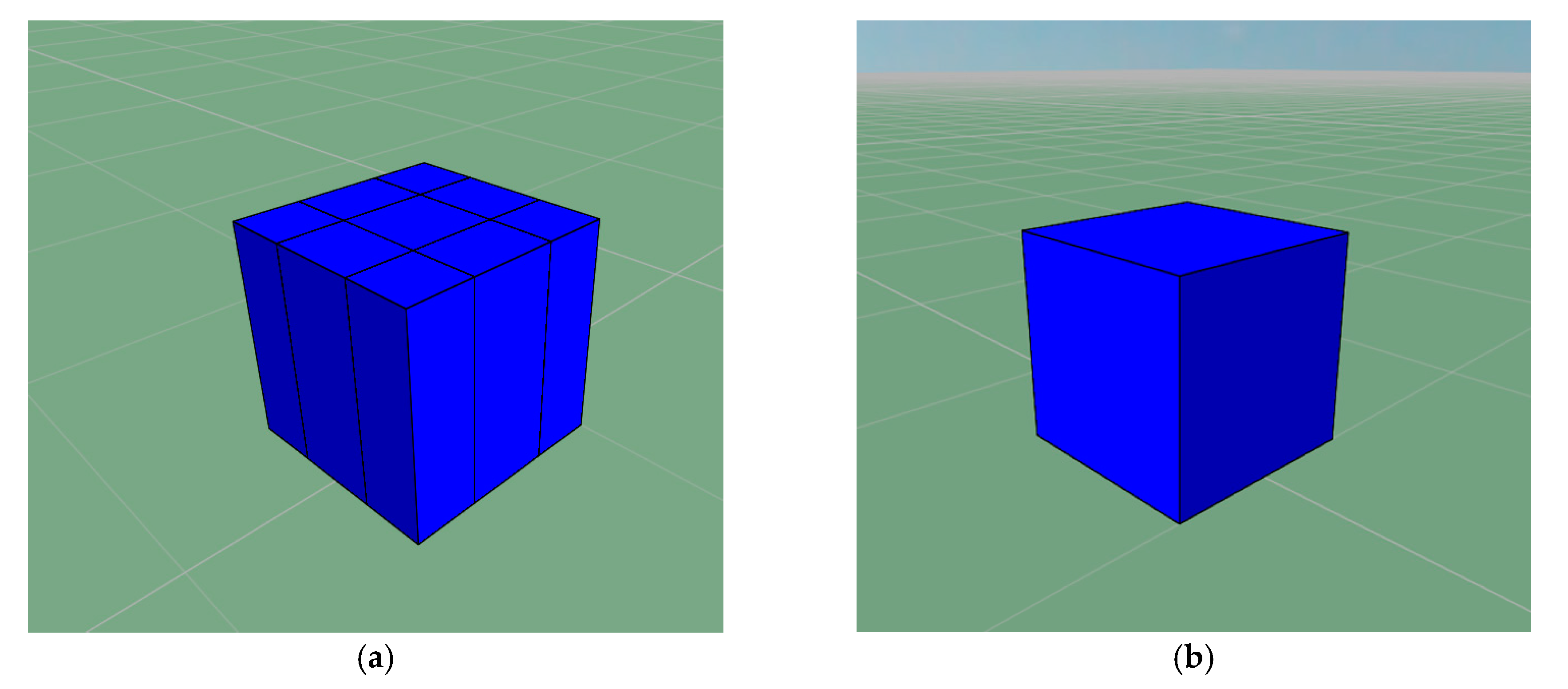


The proposed framework has been developed and tested with the Oculus Rift CV1 VR HMD and the Microsoft HoloLens AR HMD. In order to test and to evaluate the validity of Harmonize, an immersive game has been developed to offer a similar gameplay experience to both AR and VR users.
IES VIRTUAL ENVIRONMENT 2017 LAGS FREE
Harmonize was built on top of Unit圓D engine, in order to take advantage of a free Footnote 3 and powerful engine offering state-of-the-art authoring tools, e.g. This paper presents Harmonize, a novel framework to deploy applications based on SEs for AR and VR users. Performers and artists may work from their home, perceiving the presence of the audience through AR, whereas the public experiences the show through immersive VR. For example, a museum guide may provide a tour in a real museum and see remote visitors through AR, whereas the latter enjoy the artworks in high resolution through a detailed, immersive VR reconstruction of the site. Moreover, even if AR and VR are mostly used separately, they can be effectively combined together in a SE, providing a wider set of interactions and use cases. The ability of sharing immersive virtual worlds with people far away connected through the Internet can be a way of circumventing the movement restrictions and isolation caused by the recent Covid-19 pandemic. Immersive entertainment can greatly benefit from SEs, by connecting people who live apart and making them feel close. Footnote 2The videogame industry is greatly investing in immersive entertainment, with the gaming market size valued at USD 11.56 billion in 2019 and expected to grow at a compound annual growth rate of 30.2% from 2020 to 2027 (GrandViewResearch 2020). However, recent technology innovations led to commercial head-mounted displays (HMDs) for VR, such as the Oculus HMDs Footnote 1 or the HTC Vive. VR applications are traditionally experienced with computer monitors thus, users can get distracted by real-world stimuli and it could be difficult for them to feel a real sense of presence (North and North 2016). VR environments allowing the presence of more than one user at the same time for collaboration are called collaborative virtual environments or shared virtual environments (SEs). Cave Automatic Virtual Environments (CAVEs) are the oldest example of immersive virtual environments and consist of a cube-shaped room where projectors are directed towards 3 (up to 6) walls (Cruz-Neira et al. The term immersive entertainment defines all the entertainment activities which take place in a IE. Immersive environments (IEs) are simulations that fill the user’s visual field, giving the sensation of physical presence (Getchell et al. AR environments consist of virtual objects anchored to specific positions in the real world, and they are aimed at “augmenting natural feedback to the operator with simulated cues” (Milgram et al. A VR environment is one in which participants are immersed in a synthetic world, which can be either realistic or fantastic. Milgram and Kishino first defined AR, VR and their relation in the reality–virtuality continuum in 1994 (Milgram et al. The assessment of the system through the System Usability Scale questionnaire and the Game Experience Questionnaire shows a positive evaluation.Īugmented reality (AR) and virtual reality (VR) applications are very diffuse nowadays due to their ability to enhance and to simplify human tasks in many fields.

An immersive game has been designed to test and to evaluate the validity of the proposed framework. Moreover, the framework is hardware-independent, and it has been designed to be as much extendable to novel hardware as possible. This paper presents Harmonize, a novel framework to deploy applications based on SEs with a comparable experience for both AR and VR users. However, due to the differences between the two technologies, it is difficult to develop SEs offering a similar experience for both AR and VR users. Even if AR and VR are mostly used separately, they can be effectively combined to provide a multi-user shared environment (SE), where two or more users perform some specific tasks in a cooperative or competitive way, providing a wider set of interactions and use cases compared to immersive VR alone. Moreover, recent technology innovations led to the diffusion of commercial head-mounted displays for immersive VR: users can enjoy entertainment activities that fill their visual fields, experiencing the sensation of physical presence in these virtual immersive environments. Virtual reality (VR) and augmented reality (AR) applications are very diffuse nowadays.


 0 kommentar(er)
0 kommentar(er)
